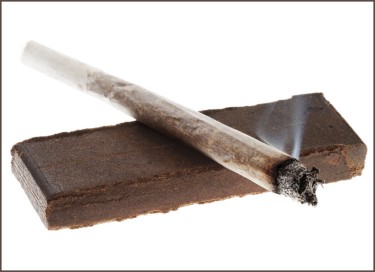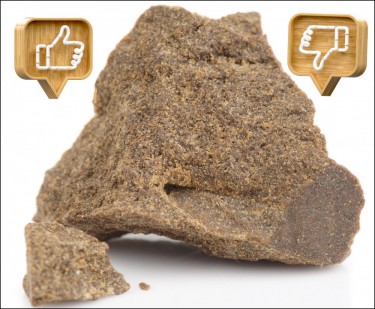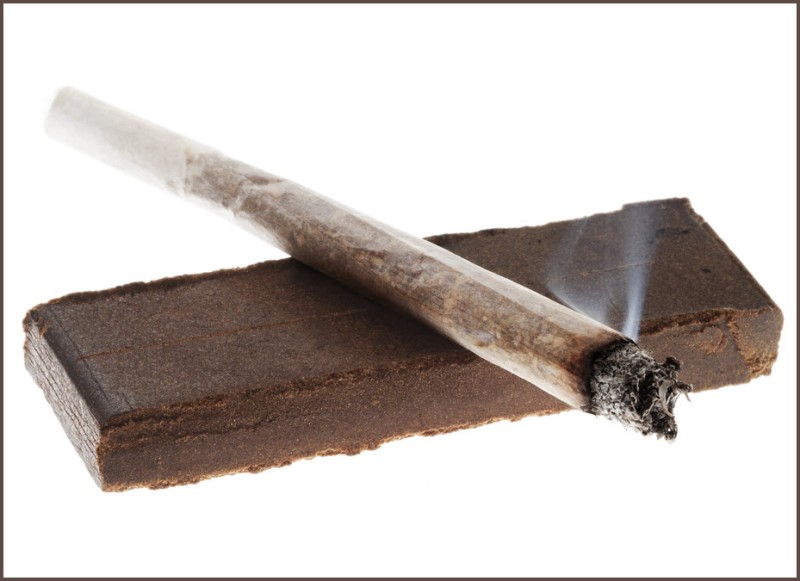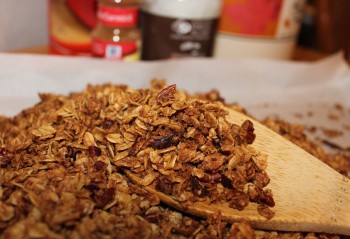
A Guide To The Different Types Of Hash
Hash, also known as hashish, is one of the most famous types of cannabis concentrates which actually has a long history.
In fact, hash has been used in the Middle East for many generations. They utilized it for religious as well as medicinal purposes. The first mention of hash is traced back to 12th century Cairo, though it’s believed that hash and cannabis was transported along the Silk Road from eastern Asia to the Middle East. Today, hash is still widely produced in Morocco, where it’s said that Berber tribes originating from North Africa introduced this concentrate to.
Sometime in the 1960’s, hash production in Morocco became famous as part of the Hippie Trail. Travelers from around Europe and the United States made their way to central Asia to enjoy easy access to inexpensive drugs which were illegal back home. Hash and cannabis was a popular treat for them, and today, it still is widely consumed around the world. However, hash has since taken many forms, which we’ll get to learn more about.
In its essence, hash is primarily made up of resin which have trichomes, the potent parts of the cannabis plant that stores most of its terpenes, flavonoids, and cannabinoids. Not only is it the powerhouse of flavor but it’s also where the strongest highs are located thanks to the resin, which are produced by female cannabis plants. When the trichomes are separated from the trim and buds, it can be made into the strong extract that we know today.
Types of Hash
-
Dry Sift Hash: Made by sieving dried cannabis bud and trim through fine screens, dry sift hash is made with a gentle friction that makes fine powder, known as kief, from the trichomes. The kief is then pressed to create blocks, though the process to make them into blocks varies based on geographical regions.
For example, Moroccan hash is made by pressing kief using heat and pressure repeatedly. Meanwhile, in Pakistan, hash is made with a similar method though some processes involve curing the hash in dried goat or sheep’s skin which is believed to enhance the flavor. Then in Afghanistan, kief is mixed with some tea to create a dough which is then kneaded over low heat until it has a thick consistency and black color.
-
Finger Hash: Also known as Indian charas, this is one of the oldest known ways of making hash back in India. Charas were always the original concentrate originating in India, from here other types of hash evolved. The traditional forms can still be found in India, though it’s now prohibited by the law, which hasn’t stopped locals from using them and medicating with them.
There are no fancy equipment needed to make finger hash or charas since you only need to rub the fresh buds between your thumbs or the palms of your hand repeatedly to make it. It’s quite labor-intensive to make finger hash, though the end result is worth it. The process is designed to enable you to collect the buds on your hands, which is rich in THC. Afterwards, it can be scraped off. When the temperatures are colder, the hash can solidify. Finger hash is typically a very dark green which is almost black.
-
Bubble Hash: Bubble hash is made with the water extraction method, involving several small mesh screen bags of varying sizes that are placed one within each other. They are then placed in a bucket or other receptacle. Dried or fresh cannabis plant material is kept in a mesh bag separately, using a larger screen size of at least 220 microns or bigger.
The receptacle storing the cannabis is then put into a bucket or another machine made specifically for this purpose, which is filled with very cold water. The water is agitated, resulting in the crystals freezing then hardening, which is then suspended into a solution. The resulting mixture is placed into a bucket then passed through the smaller screen sizes so that the larger residual material is separated.
This technique can be used to make various types of hash though using the finest screen size of around 25 to 45 microns can make the best quality.
-
Temple Balls: Temple balls, which can be found in Nepal and some parts of India, resembles chocolate truffles in texture and appearance. This is all made from the thick, dark resin that has been scraped from the trichomes which are then stuck together to create balls and sometimes sticks.
Temple balls sometimes start out in the same way as bubble hash, but they are then pressed together then exposed to heat so that the trichome heads are burst. This process releases the terpenes while simultaneously activating the cannabinoids, while the pressure will make it more flexible and malleable. Many enjoy making and consuming these types of hash since they are so much easier to work with.
Consuming Various Types Of Hash
Given these popular forms of hashish, you might be wondering how one consumes them.
The truth is that consuming hash is versatile and easy. You can even vape or smoke them simply by placing it on a vaporizer or on a screen. Many cannabis connoisseurs mix hash with cannabis flower in a pipe bowl and smoke it simultaneously since the presence of hash makes this a more potent smoke, thus reducing the need to smoke more to reach your desired high.
Joint enthusiasts also like to add small bits of hash and sprinkling them around the joint. You can also decarboxylate them by quickly popping some hash into the oven then adding it to any food for some potent edibles.
MORE ABOUT HASH, READ HERE...
A HISTORY OF HASH - WHERE DID THE ROLLED GOLD START?
OR..








